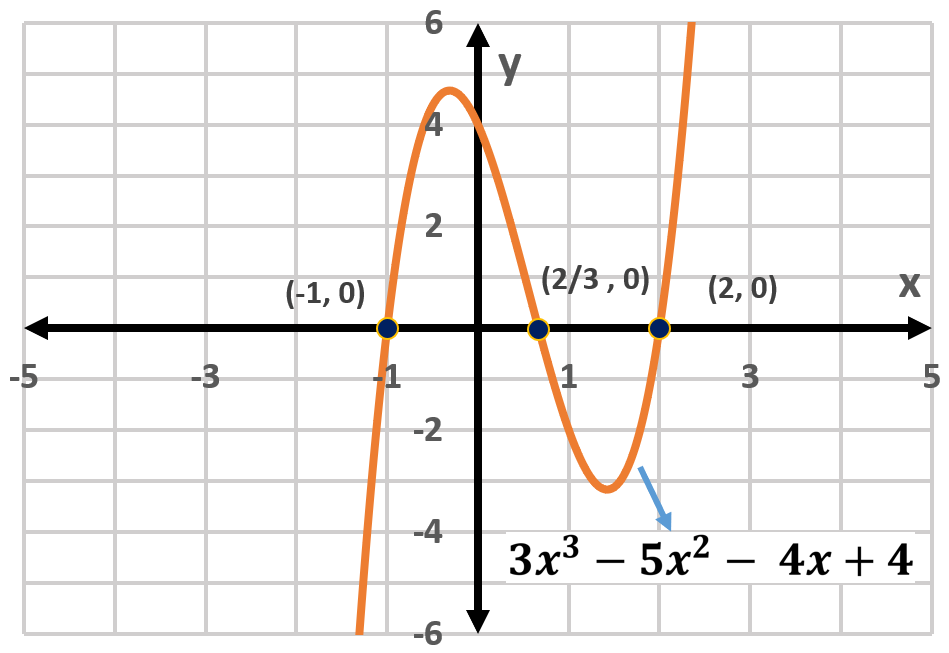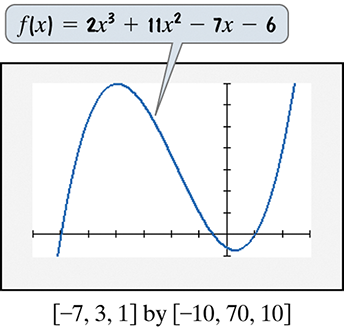Here are the essential concepts you must grasp in order to answer the question correctly.
Polynomial Functions
A polynomial function is a mathematical expression involving a sum of powers in one or more variables multiplied by coefficients. The degree of the polynomial is determined by the highest power of the variable. In this case, the polynomial is of degree three, which indicates it can have up to three real roots and can exhibit various behaviors such as turning points and end behavior.
Recommended video:
Introduction to Polynomial Functions
Inequalities and Graphing
Inequalities express a relationship where one side is not necessarily equal to the other, often represented using symbols like ≥, ≤, >, or <. To solve polynomial inequalities graphically, one can analyze the graph of the polynomial function to determine where it lies above or below a certain value, which corresponds to the inequality being satisfied.
Recommended video:
Roots and Intervals
Roots of a polynomial are the values of the variable that make the polynomial equal to zero. These roots divide the number line into intervals, which can be tested to determine where the polynomial is positive or negative. In this problem, the roots at (-1, 0), (2/3, 0), and (2, 0) help identify the intervals to check for the inequality 2x^3 + 11x^2 ≥ 7x + 6.
Recommended video:
Imaginary Roots with the Square Root Property


 Verified step by step guidance
Verified step by step guidance Verified video answer for a similar problem:
Verified video answer for a similar problem:

